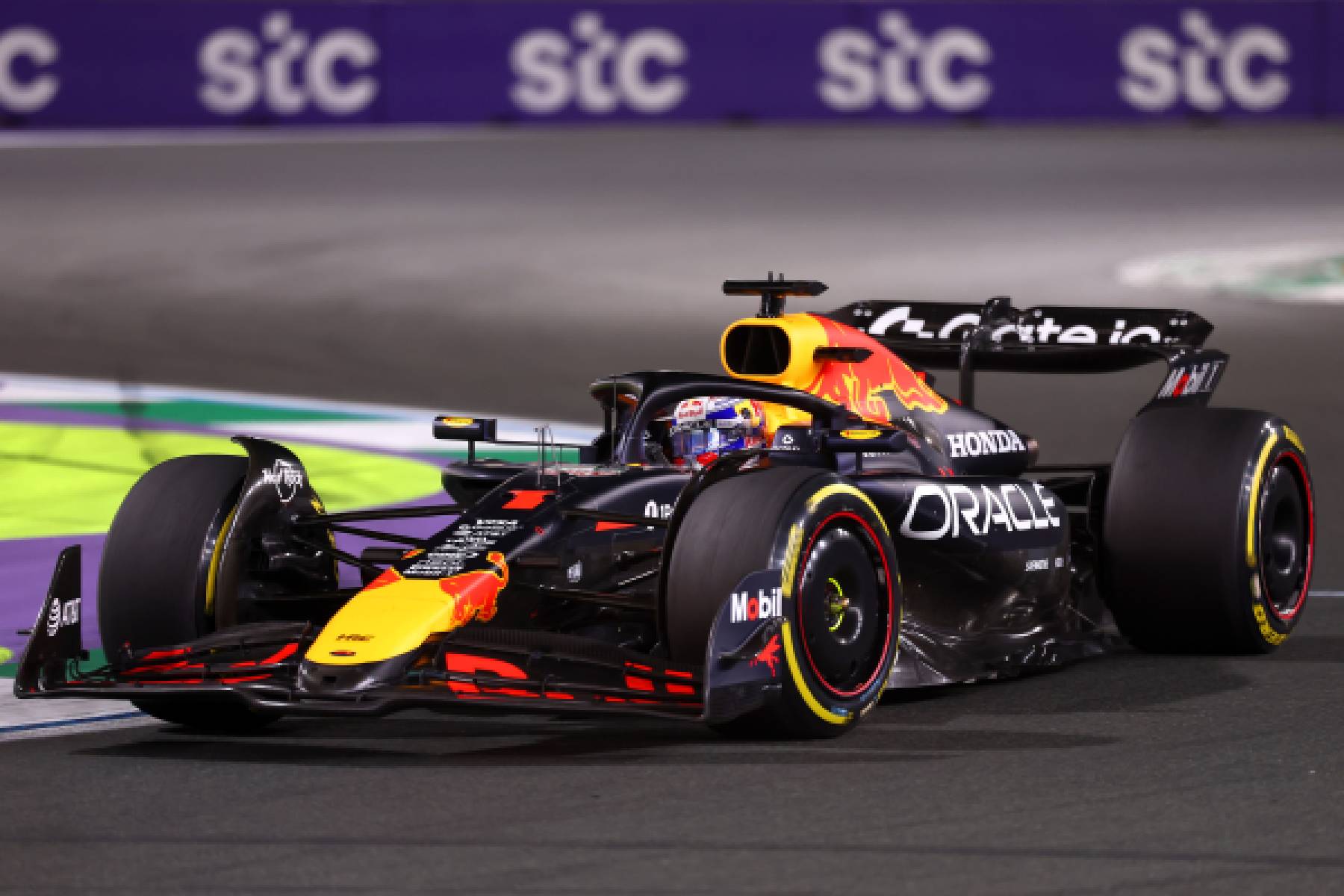The highly anticipated opening European round of the season, the Emilia-Romagna Grand Prix, is poised to unfold in Italy at the historic Imola circuit, nestled close to the vibrant city of Bologna. Officially known as the Autodromo Internazionale Enzo e Dino Ferrari, the circuit bears the names of the esteemed Ferrari founder and his beloved son. Having undergone significant renovations in 2008 to enhance safety and modernize facilities, the track layout measures a challenging 4.909 kilometers. It features a demanding sequence of 19 corners and incorporates a single Drag Reduction System (DRS) zone to potentially aid overtaking opportunities. The main race event is scheduled for a thrilling 63-lap contest, set to commence at 3 PM, promising an afternoon filled with intense motorsport action for enthusiasts.
Imola stands as an iconic pillar among the classic European racing venues, renowned for its deceptively compact yet profoundly challenging configuration. Distinctively running in a counterclockwise direction, the circuit imposes a unique ‘Stop-Go’ rhythm upon drivers, necessitating constant and rapid transitions between achieving peak speeds on the straights and executing fierce, precise braking maneuvers for the numerous tight corners. Certain sections of the track are remarkably narrow, barely accommodating three cars side-by-side. This inherent characteristic places an exceptionally high premium on defensive driving prowess, as the margin for error is acutely low. Consequently, Imola is characterized as a medium-high speed circuit that simultaneously demands exceptionally high levels of defensive skill, creating a tense and compelling spectacle. The blend of high-speed sections and intricate, slow corners requires a finely tuned car setup and absolute driver concentration throughout every lap.
For the specific conditions presented by the Imola circuit, the official tire supplier has nominated a compound selection primarily focused on grip performance. This choice is influenced by the circuit’s characteristics, which generally impose relatively lower tire loads compared to some other tracks, alongside strategic considerations regarding pit stop timings. The allocation for each car includes two sets of the C4 compound, designated as the hard tire (identifiable by white sidewalls), three sets of the C5 compound, serving as the medium tire (marked with yellow sidewalls), and a generous eight sets of the C6 compound, which is the soft tire (indicated by red sidewalls). The inclusion of the C6 soft compound in a race weekend marks its competitive debut, following only brief appearances during pre-season testing sessions. This varied selection presents teams with multiple strategic avenues. While last season’s prevalent tactic at Imola leaned towards a single stop utilizing C4 and C3 compounds, the current season’s strategic landscape is influenced by the circuit’s notably lengthy pit stop duration, which disincentivizes multiple stops. As such, teams will meticulously analyze tire degradation and optimal performance windows for the C5 compound during the free practice sessions, aiming to validate the effectiveness of a one-stop strategy potentially utilizing a C5 to C4 compound sequence during the race for what is anticipated to be the optimal approach.
As the inaugural European event on the calendar, the Emilia-Romagna Grand Prix often serves as a critical juncture where teams typically introduce their first significant package of car upgrades for the season. This timing allows teams to correlate performance data gathered from the initial non-European races with developments back at their factories. All teams have already activated their second power unit allocations in previous rounds, such as the Miami event. However, the true impact and effectiveness of these substantial upgrade packages might not be fully apparent immediately at Imola. Given the diverse characteristics of the upcoming circuits on the calendar, it is plausible that the competitive hierarchy and the true gains derived from these upgrades may not become definitively clear until later events, potentially around the time of the Austrian Grand Prix in late June. Should one particular team, such as McLaren, maintain or extend a performance advantage through this period without significant convergence from competitors, it could heavily influence and potentially solidify the competitive dynamics for a substantial portion of the racing year.
Meanwhile, one team, Alpine, appears to be navigating another period of considerable turbulence. Recent developments include confirmation that Franco Colapinto will temporarily step into a race seat, replacing Jack Doohan. This change comes amid discussions surrounding performance. Adding to the organizational shifts, Team Principal Oliver Oakes has reportedly resigned, citing personal reasons and underlying internal dynamics. Control is understood to have transitioned to Flavio Briatore, who assumes a prominent leadership role. Under the terms of Colapinto’s current arrangement, he is slated to compete in five races leading up to the summer break period in July. This provisional timeline inherently introduces an element of uncertainty, as further evaluations or significant decisions regarding the driver lineup and team structure could potentially be made during or after this period, adding another layer of complexity and unpredictability to Alpine’s future trajectory within the sport.
